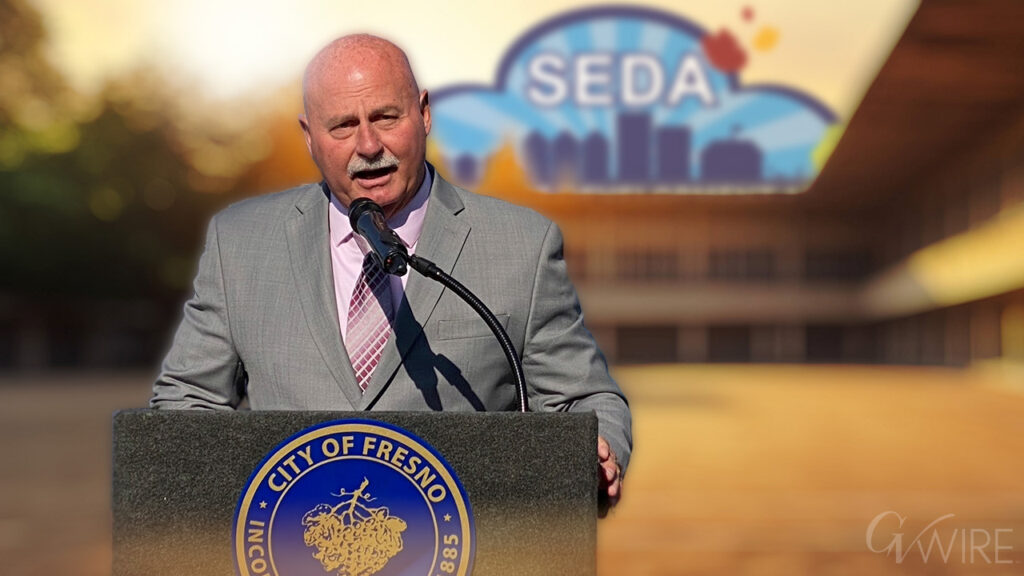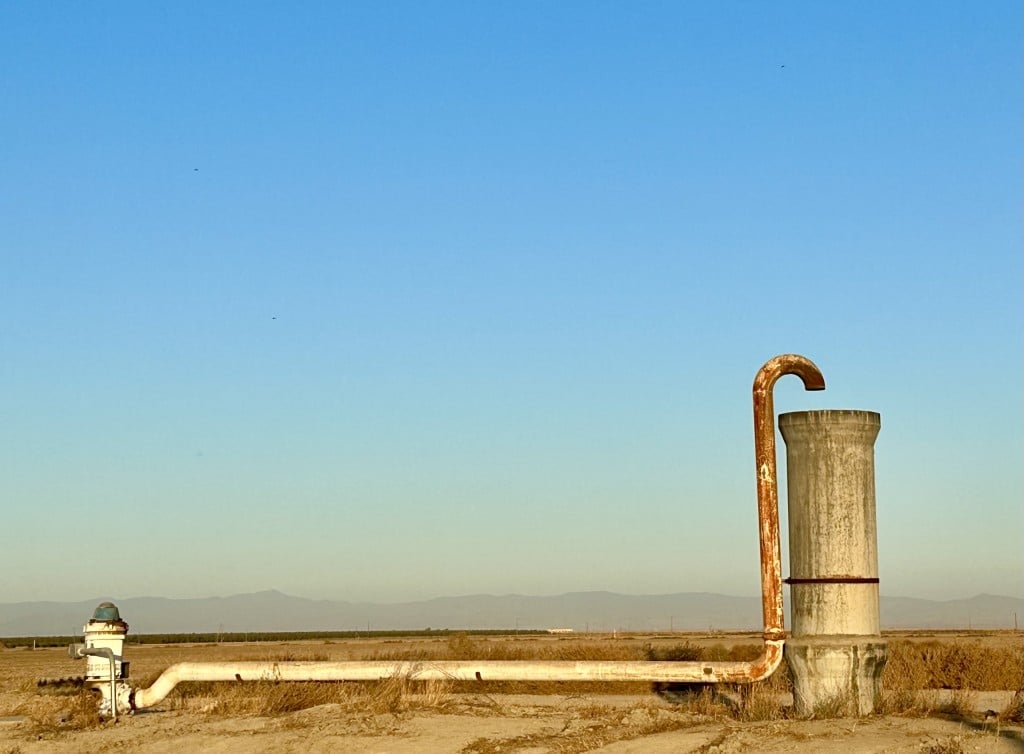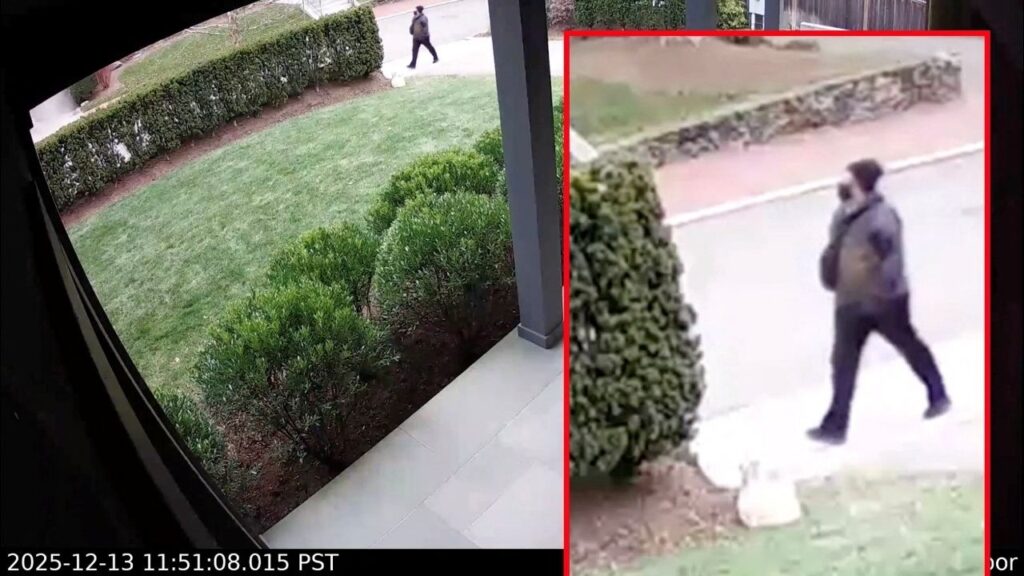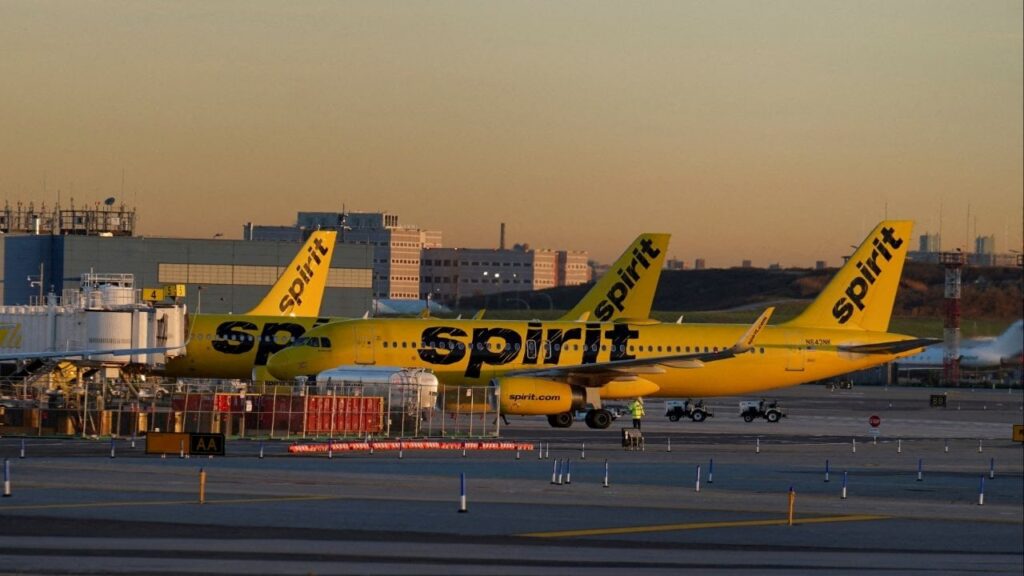Share
BASTOGNE, Belgium — Pvt. Arthur Jacobson was seeking cover in the snow behind a tank moving slowly through the wooded hills of Belgium’s Ardennes, German bullets whizzing by.
That was when he lost his best friend and Bazooka team partner to sniper fire. “They couldn’t hit him, he shouted,” Jacobson said wistfully. “Those were his last words.”
The recollection of his worst day in the Battle of the Bulge still haunts him, three quarters of a century later during the first return of the 95-year-old to the battlefield.
The pristine-white rows of thousands of grave markers over the remains of U.S. soldiers in cemeteries on the former front line hark back to the days when Americans made the ultimate sacrifice for a cause across the ocean.
The fighting in the bitterly cold winter of 1944 was unforgiving to the extreme.
What Jacobson didn’t know then was that he was part of the battle to contain Nazi Germany’s desperate last offensive that Adolf Hitler hoped would become his version of the Allies’ D-Day: A momentous thrust that would change the course of World War II by forcing U.S. and British troops to sue for peace, thus freeing Germany to focus on rapidly advancing Soviet armies in the east.
‘We Were There to Do Something About It’
The Battle of the Bulge “is arguably the greatest battle in American military history,” according to the U.S. army historical center. Such perspective came only later to Jacobson, who was barely 20 at the time.
Out of the blue at dawn on Dec. 16, 1944, over 200,000 German troops counter-attacked across the front line in Belgium and Luxembourg, smashing into battle-weary US soldiers positioned in terrain as foreign to them as it was familiar to the Germans.
Yet somehow, the Americans blunted the advance and started turning back the enemy for good, setting allied troops on a roll that would end the war in Europe less than five months later.
This battle gained fame not so much for the commanders’ tactics as for the resilience of small units hampered by poor communications that stood shoulder to shoulder to deny Hitler the quick breakthrough he desperately needed. Even though the Americans were often pushed back, they were able to delay the German advance in its crucial initial stages. The tipping point was to come later.
All weekend, a handful of returning veterans like Jacobson will be feted by an ever grateful local population for their bravery. Royalty, dignitaries and some government leaders will gather in Bastogne, Belgium and Hamm, Luxembourg, on Monday to remember the battle itself. “It will be a great day,”” said Belgian Vice Premier Koen Geens. Remembering both the German forces, driven on by Hitler’s hated SS troops, and the allied soldiers, he said: “”We are capable of the worst and of the best.””

‘I Don’t Need a Necktie’
Overall, deaths in the month-long battle are estimated in the five digits. The Americans suffered at least 80,000 casualties including more than 10,000 dead, while up to 12,000 were listed killed among some 100,000 German casualties.
Among the fallen was Albert W. Duffer, Jacobson’s Bazooka team partner, shot in the neck by a German sniper on Jan. 6, 1945. Last Tuesday Jacobson went to greet Duffer for the first time in 75 years — at the Henri Chapelle U.S. cemetery in the northern part of the battle zone, where 7,987 U.S. soldiers lie buried. At dusk, Jacobson watched the U.S. flag being lowered and was presented with it in recognition of his valor.
The Battle of the Bulge was one of the war’s least predictable campaigns. After D-Day and the draining Normandy drive, allied troops sweeping across the continent believed the worst was behind them.
Paris had been liberated, Gen. George Patton was moving eastwards toward Germany, and Hitler had to keep an increasingly bleary eye on Stalin’s Soviet armies advancing on the Eastern Front.
“The thought was that Germany was on its knees and could no longer raise a big army,”said Mathieu Billa, director of the Bastogne War Museum.
Still, Hitler believed Germany could turn the tide, and centered on regaining the northern Belgian port of Antwerp with a push through the sparsely populated Ardennes.
The 120-mile (170 kilometer) dash seemed so fanciful that few of Hitler’s own generals believed in it, let alone the allied command. Allied intelligence heard something might be afoot, but even on the eve of the attack the U.S. VIII Corps daily note said that “There is nothing to report.”
For days to follow, the only reports would be bad for U.S. troops retreating amid word that SS troops were executing their prisoners — like at Malmedy, where 80 surrendered soldiers were murdered in a frozen field.
When Jacobson moved into the Ardennes, night temperatures outdoors dropped as low as -20 Celsius (-4 Fahrenheit). “”You had to dance around not to freeze to death,” he said. Daytime saw the constant fear of sniper fire.
Back home in the States, some were oblivious to the soldiers’ plight. “My family sent me a necktie,” Jacobson chuckled. “I sent a letter back: ‘I don’t need a necktie’.”

‘Nuts!’
Soon though, the German effort pushed its limits as Antwerp remained well out of reach and troops ran out of ammunition, morale and, crucially, fuel. Even the weather turned against the Germans, as the skies finally cleared, allowing the all-powerful allied air force to pound the enemy.
When Brig. Gen. Anthony C. McAuliffe of the 101st Airborne received a Dec. 22 ultimatum to surrender or face total destruction, he offered one of the most famous — and brief — replies in military history: “”Nuts.””
Four days later, Patton’s troops broke the encirclement. And so it went with the Battle of the Bulge too, with the U.S. troops gaining momentum after Christmas.
After the fighting ended on 28 January 1945, Allied forces invaded Germany, eventually leading to the Nazi surrender and the end of the war in Europe.
Jacobson, who lives in Port St. Lucie, Florida, also entered Germany. But his war was ended by a March 2 mortar blast, which seriously injured his leg and killed three other soldiers.
After eight months of front-line horror, hospital offered him a kind of deliverance despite the pain.
“I used to wake up at night in the hospital. I’d dream about having to move out at night,” he said. “Orders would come down, ‘let’s move out to another position.’ And I’d wake up,” he said, “and look around and see where I was and then smile to myself and go back to sleep.”
[activecampaign form=29]
Categories



















